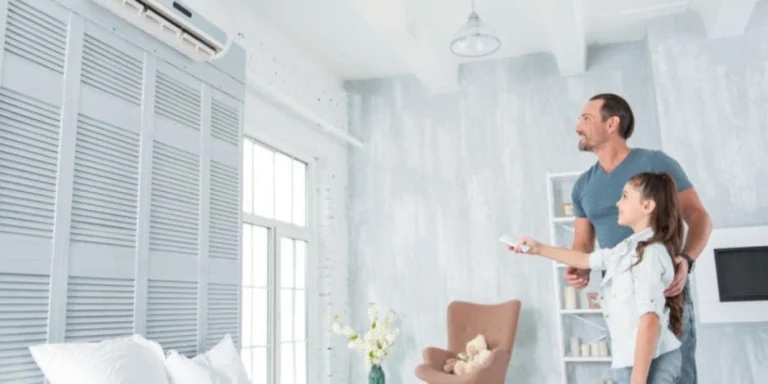Ductless Mini-Split Heat Pumps Installation
Installation Of Ductless Mini-Split Heat Pumps In The UK
Ductless Mini-Split Heat Pumps Installation Service UK!
Heat Pump Installers are a UK-based company that installs Ductless Mini-Split Heat Pumps. We have a team of qualified and experienced engineers who are trained to install these systems to the highest standard. Ductless Mini-Split Heat Pumps are a type of air source heat pump, which means they extract heat from the outside air and use it to heat your home. They are highly efficient and can save you money on your energy bills. If you are interested in having a Ductless Mini-Split Heat Pump installed in your home, please contact us today for a free quote. We will be happy to answer any questions you have and provide you with all the information you need to make an informed decision.
Where Should A Ductless Mini-Split Heat Pump Be Installed?
The ideal position for a heat pump condenser is in a shaded location that is not directly exposed to the sun. The condenser should also be placed as far away from any shrubs or vegetation as possible (which might obstruct airflow.) The air handler can be mounted on a wall or ceiling, depending on your preferences and the layout of your home. If you have any questions about where to place your heat pump, our team of expert Heat Pump Installers Near Me will be happy to offer guidance.

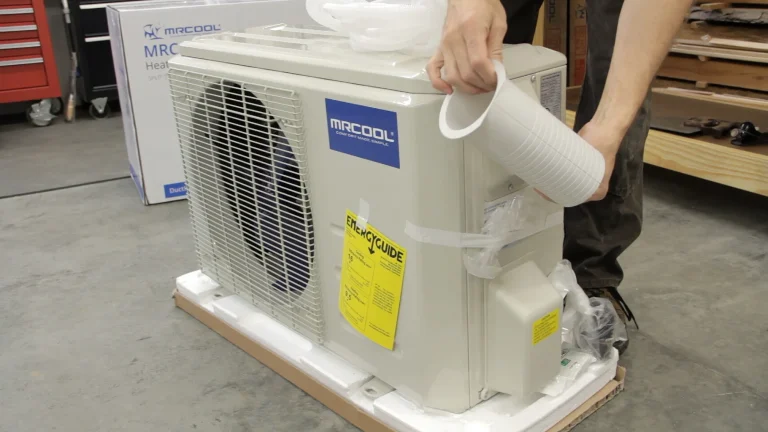
Can I Install My Own Ductless Mini-Split Heat Pump?
Because the refrigerant line must be cut and then charged, ductless mini split systems are generally handled by specialists. It’s possible to install the air handler and condenser unit on your own, but you’ll need the help of a professional to complete the refrigerant line installation.
Does A Ductless Mini-Split Heat Pump Have To Be On An Outside Wall?
Even if you believed your building’s exterior walls would prevent you from getting the amount of heat and air conditioning you require, because ductless mini splits do not need an exposed venting area, your alternatives have expanded. You’ll also appreciate how simple it is to adjust the temperature with mini splits.
We Install All Over The UK - Contact Us Today!
Is A Ductless Heat Pump The Same As A Mini Split?
A ductless heat pump is often known as a “mini split” because it consists of two components: one that handles indoor air and the other, which serves as the outdoor compressor. The word “ductless” in the name refers to the fact that these units don’t require any ductwork.
How Far From The Ceiling Should A Mini Split Be?
According to the professionals at Heat Pump Installers, the indoor mini split unit should be placed between 4″ and 6″ from the ceiling. If your living area or bedroom has higher ceilings, measure up from the floor and install the mini split again in a range of 4″ to 6.”
Can A Mini Split Be Installed On An Inside 2×4 Wall?
Yes, an indoor air conditioner may be installed on an inside wall. Because a ductless air conditioner or a mini split is so light, any wall in the house can support its weight. As a result, it can be positioned or set up on almost every surface in the house.
Want A Callback?
Does Every Room Need A Ductless Mini-Split Heat Pump?
No. While you won’t need a single indoor unit for every room in the house, the outdoor unit does connect to multiple interior wall-mounted units. In most cases, this implies having indoor units in the main living areas. It is also possible to have an outdoor unit for every room that needs air conditioning, but this isn’t generally necessary.
Do Ductless Mini-Split Heat Pumps Heat Below Freezing?
Mini splits can function in cold weather. The majority of mini splits are able to operate at temperatures as low as 5°F (-15°C). When the ambient temperature drops below 47°F (8°C), they lose some of their heating capacity.
Is A Mini Split More Efficient Than A Heat Pump?
Ductless heat pumps are more efficient than traditional ductless air conditioners because they only heat or cool actual living spaces rather than the entire home, even if those people aren’t present.
Servicing And Maintenance Available
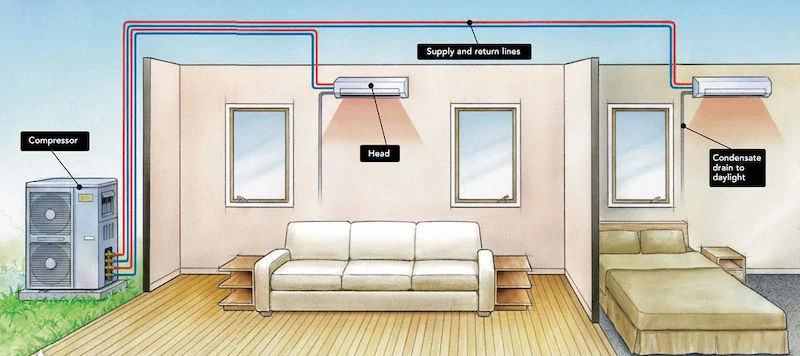
How Many Rooms Can A Ductless Mini-Split Heat Pump Heat?
4 rooms total, including 2 bedrooms and each room has its own air conditioning unit – However, a Ductless Mini-Split Heat Pump may add additional evaporator components (up to four) to one condenser component. In reality, it can cool up to 4 rooms. Mini splits are also more energy-efficient than window units and last longer too.
Can A Mini Split Condenser Be Installed Inside?
No. The condenser unit of your air conditioner should be placed outdoors, where it may access free air. Its ability to remove heat from your house is greatly hampered if it’s kept indoors (the garage is considered such).
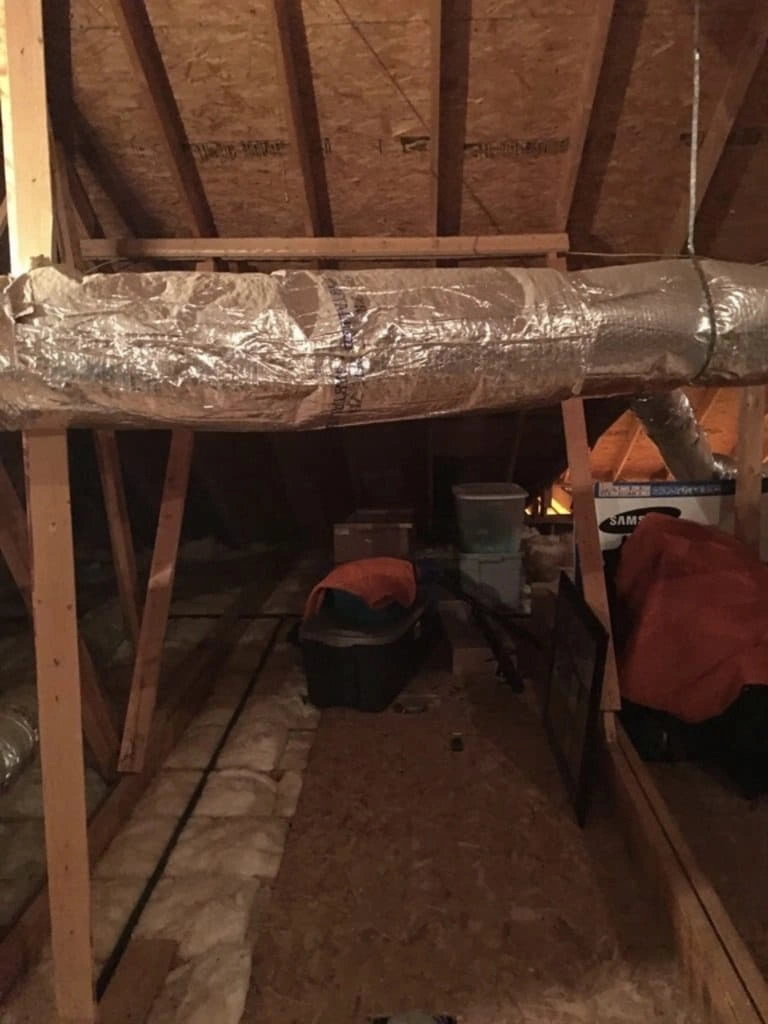
Can I Install A Mini Split On The Roof?
FAQ
How long does it take for a mini split to heat up?
When the built-in microcomputer detects that all of the ice has melted, the heat pump system will transition back into heating mode, and the fans will start up again. Depending on conditions, this process might take anything from five to fifteen minutes. Our Heat Pump FAQs cover this and other related questions.
What is the difference between ductless and mini split?
The main distinction between the two is that central air conditioning systems use ductwork to cool your house, whereas mini split systems do not—they are ductless. Instead of blowing cold air into your home through a fixed wall or recessed ceiling unit, mini split systems feed chilly air through a concealed device.
Can you install a Ductless Mini-Split Heat Pump system yourself?
The long answer is no, it’s critical that all construction be conducted by a qualified professional, and you need a certification if you want to do this yourself. The installation of a ductless mini-split heat pump is not a simple task, so unless you have experience with this, we recommend that you contact a professional to do it for you.
How long do Ductless Mini-Split Heat Pumps last?
Ductless mini-splits are a type of ducted split that doesn’t use copper. They’re available in sizes ranging from 1 to 5 tons and have capacities ranging from 10 to 20 SEER. Ductless mini-splits can heat or cool, with a typical lifespan of 10 to 30 years, depending on the region.
How hard is it to install a mini split AC?
It’s considerably easier to install a ductless mini split air conditioner than an ordinary AC system. You don’t need to use ductwork, and there isn’t any need for a hole through your wall that is three inches in diameter.
Are mini splits cost-effective?
With a mini-split heat pump, you may save up to 30% on your heating and cooling expenses! How? Mini-splits are extremely efficient when it comes to heating and cooling because they utilize latent heat transfer rather than creating new heat. They also minimize energy waste caused by ducted systems. And if you qualify for a government scheme you can claim a whopping £5,000.
How long does it take a professional to install a mini split?
For those experts, however, putting in a ductless mini split is typically a quick process that does not encounter any snags. The typical installation procedure takes one to two days. As with our Ground Source Heat Pump Installation the overall length of the system is determined by the size of the system, particularly how many indoor air handlers need to be installed within the property.
Are mini splits more efficient than window units?
Mini-split units are more expensive to purchase than window air conditioners, but they are far more energy-efficient, which translates to cost savings over the life of the unit. Mini-splits are also quieter and more aesthetically pleasing than window units.
Can you run mini split lines through the attic?
To begin, you must have full access to both of the ductless mini-split pipes. Because the lines are readily accessible on an exterior wall, this step is often a no-brainer. However, you may discover that they run through an attic or other area or are hidden by a line cover.
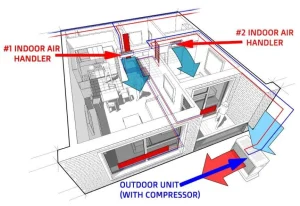
How Many Mini Splits Do I Need For A 1500-Square-Foot House?
A 20 BTU per square foot rule of thumb is typical. For a home with 1,500 square feet, for example, you’d need 30,000 BTU output. You may use one 30,000 BTU mini split or two 15,000 BTU mini splits instead. Our Air Source Heat Pump Installation can also heat a 1,500 square feet space with only 40,000 BTU.
Are Ductless Mini-Split Heat Pumps Noisy?
Ductless Mini-Split Heat Pumps are very quiet when they’re running. However, there are two occasions where they may make noises. Popping or clicking: This might be caused by the plastic housing expanding or contracting when the system is switched on.

Can A Mini Split Replace A Boiler?
Ductless heating systems save you money on your home’s residential electrical heating system and reduce the amount of space a unit takes up, are less vulnerable to air leakage, and allow you to adjust the temperature in individual rooms! Our Hybrid Heat Pump Installation uses a conventional boiler and a heat pump. If you don’t believe it will harm your appearance, make the upgrade now to start saving!
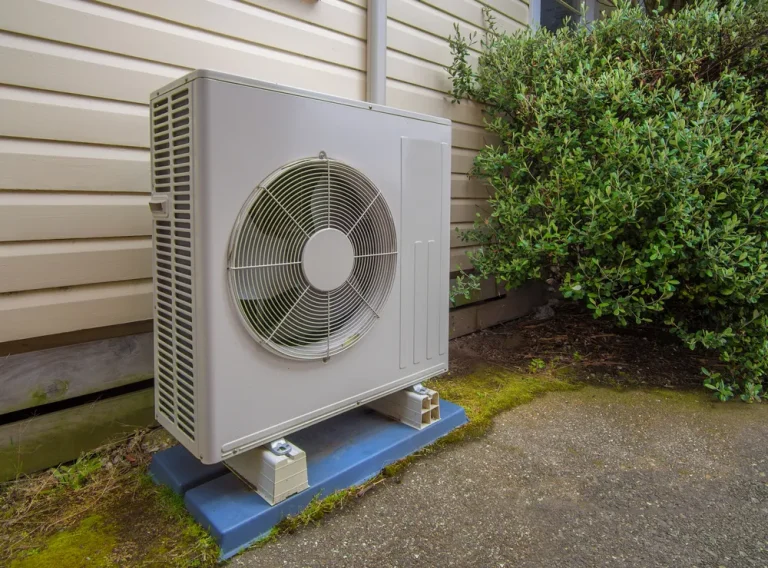
How Far From The Wall Should A Mini Split Condenser Be?
To allow for adequate ventilation around the fan, it must be placed at least 28 inches away from the wall. Sometimes, the manufacturer may recommend a different distance.
Where Should A Ductless Mini-Split Heat Pump Be Placed In A Room?
The indoor unit of a mini split should be set at 7-8 feet above the floor with 8′′ of clearance from the ceiling. The majority of mini splits are best positioned directly over the bed in the bedroom.
